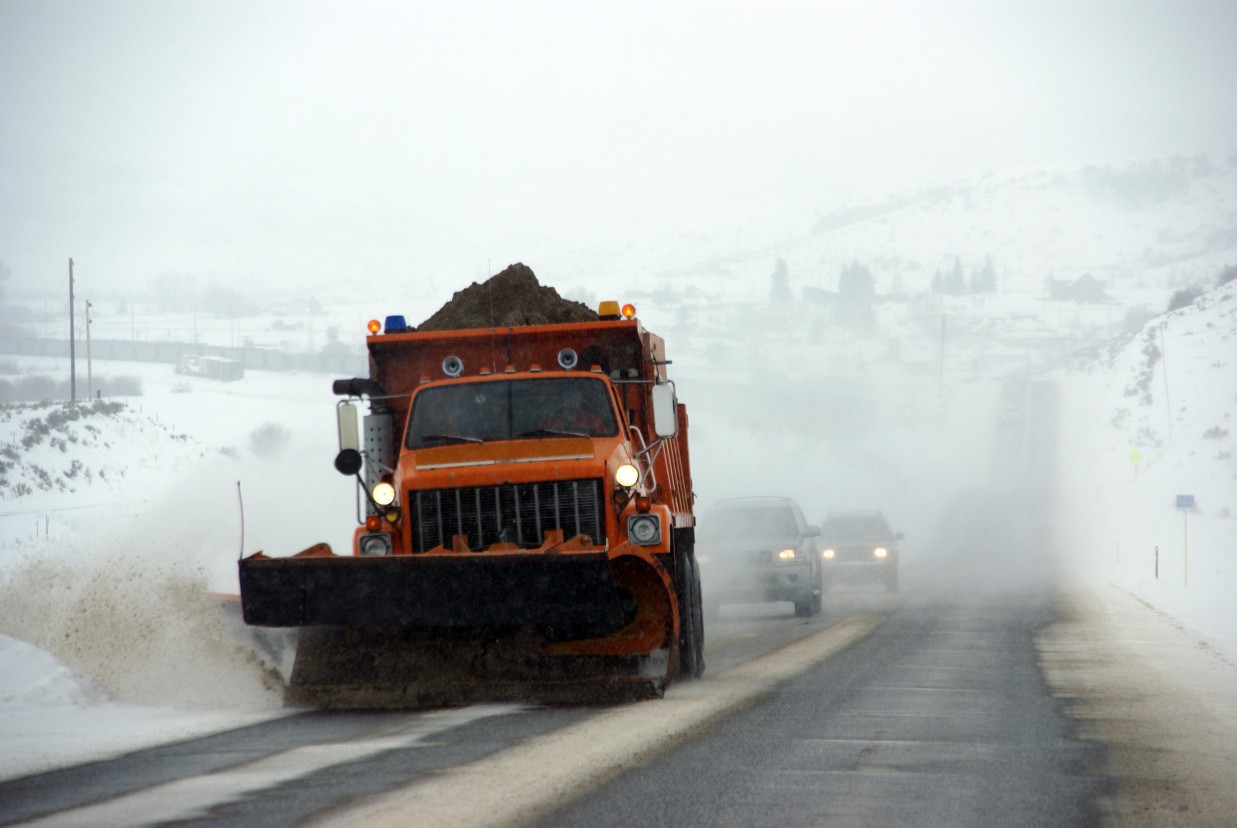
Heavy Rain, Flooding, and Chance of Severe Weather Staring Down the Southern U.S.
January 22, 2024
Posted: February 24, 2022 5:50 pm





The second of two cross-country storms is setting up across the U.S. to close out the week, bringing a host of winter weather conditions with ice being the chief concern. A clash of temperatures will provide the impetus for this precipitation to fire up beginning on Thursday for the central portions of the U.S.
Ice the Most Significant Issue With Second Storm to Hit Region This Week
This is a different storm than what barreled through much of the U.S. to start the week, primarily in the amount of ice that is expected. This ice will bring a number of travel complications to the central U.S. stretching up to the Northeast.
The south-central U.S. is forecast to bear the brunt of the ice accumulation with this particular storm. Accumulations of over 0.25 of an inch are possible in an area stretching from the Red River Valley of Texas expanding into the Ozarks and well into southeast Missouri. The hardest hit areas may see up to 0.75 of an inch of ice by the time the storm finishes up. This amount of ice has the potential of knocking out power, bringing down trees, and causing massive travel delays.
The National Weather Service (NWS) out of Little Rock is warning residents that life in northeast Arkansas may come to a halt as the ice accumulates in the coming hours.
This storm will continue chugging to the northeast by Friday, bringing the moderate weather that this corner of the nation has enjoyed to an end. The system is expected to move across the Great Lakes in the overnight hours Thursday, arriving in southern New England by dawn on Friday. As it moves through the region, it will bring heavy snow and the potential of ice accumulation.
In the east, it will be the south-central corner of Pennsylvania and western Maryland that will see the greatest chances of ice accumulation. Up to a quarter of an inch may pile up in the overnight hours on Thursday and into Friday. Not only will this create a dangerous commute Friday morning, but it also may deliver power infrastructure damage.
Snow the Story in the Northeast
It will be snow that is causing the problems throughout the Northeast and the southern tier of New England. Six inches of snow may be the norm for this region with some parts of Massachusetts getting hammered with up to a foot. The city of Boston is forecast to receive approximately 9 inches of the white stuff by the time the week comes to a close.
A few hours south in New York City, the area is forecast to receive approximately 2 inches of snow Thursday night. This snow will eventually transition into a wintry mix before changing over completely to rain on Friday.
This is the same area of low pressure that delivered snowfall measured in feet to the higher terrains of the Rocky Mountains on Wednesday. The Colorado Avalanche Information Center had to issue a number of avalanche warnings for the region when up to 4 feet of snow fell as a result of this storm beginning on Wednesday. In addition to the heavy snow, strong winds are exacerbating the avalanche danger. These winds will also drop the real feel temperature even further.
Unseasonably Cold Temperatures
This system is also bringing a slew of unseasonably cold temperatures stretching from the Rockies into the Plains and through the Mississippi River Valley. The mercury is dropping anywhere between 20 to 40 degrees below normal as the week comes to an end. Nightly lows may even break records with over 10 million Americans over 14 states currently under wind chill advisories and warnings.
The coldest readings will be across the Plains with wind chills plummeting to life-threatening temperatures of -30 to -50 degrees. This type of weather can bring about frostbite in just a few minutes if the skin is exposed.
While this cold is setting up across the central U.S., the East Coast is seeing temperature readings that are 10 to 20 degrees above normal. It is this contrast of temperatures that is offering up the ideal environment for ice storms to take root. As the cold air clashes into the warm and humid air, the conditions become ripe for ice development.
Rain to the South
The warmer side of the storm throughout the South will see mostly rain out of this weather maker. Rain will fall consistently beginning Thursday morning in the Ohio Valley before moving to the East Coast. This system will finally move into the Atlantic Ocean by early Saturday, bringing relief from the soggy mess just in time for the weekend.

January 21, 2024

January 19, 2024

January 18, 2024